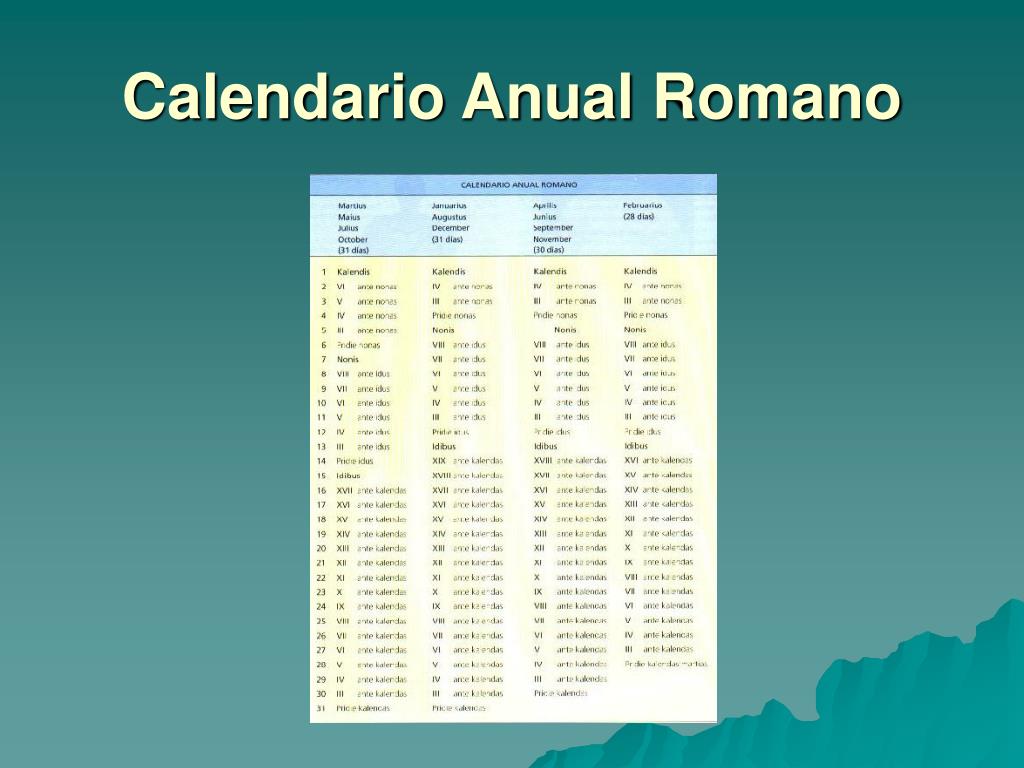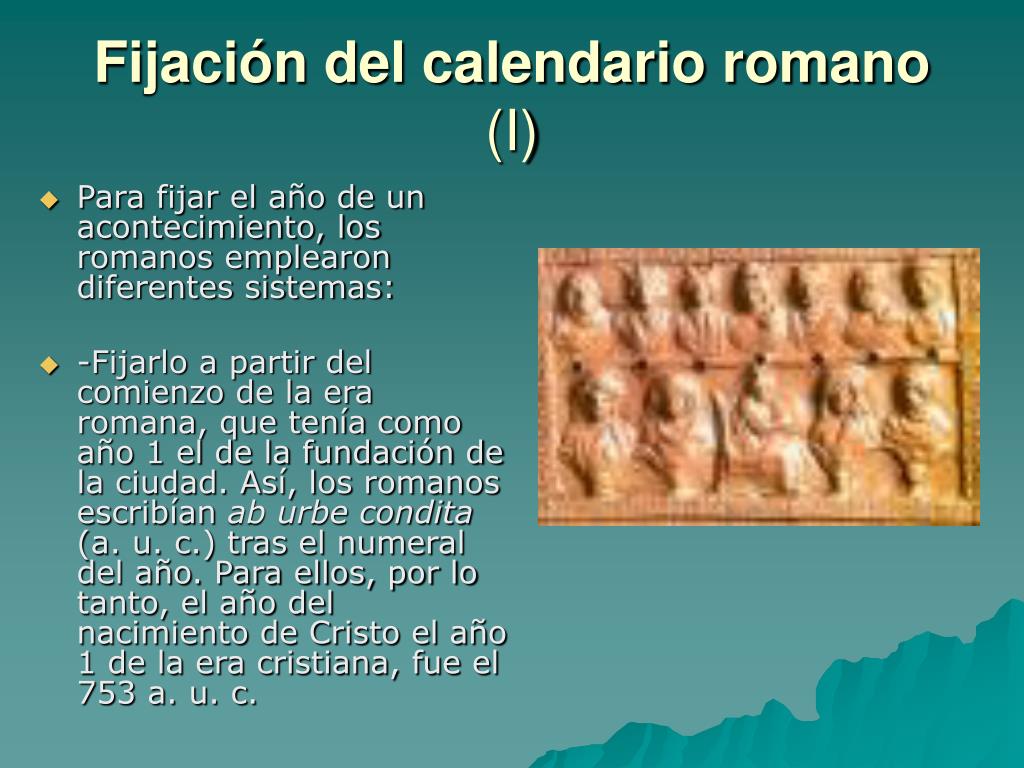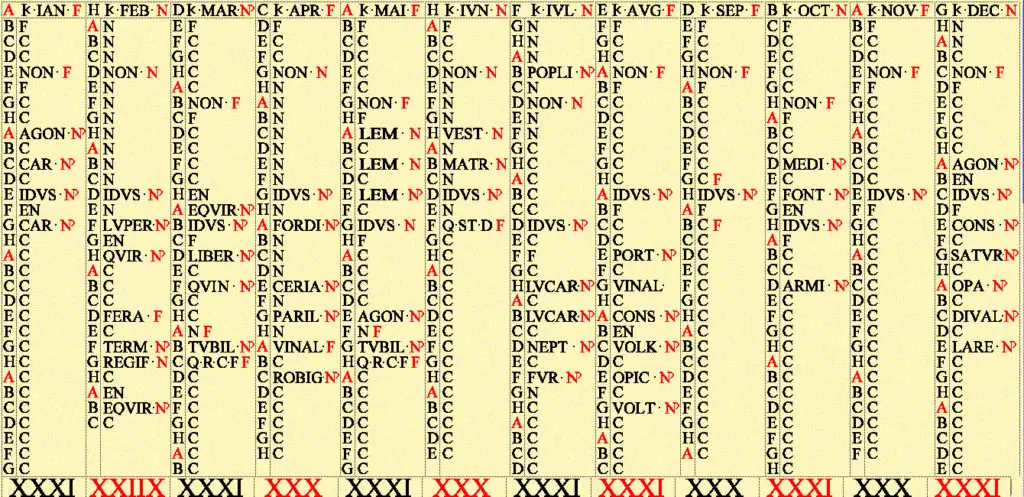Calendario Romano 2025: A Detailed Guide
Related Articles: Calendario Romano 2025: A Detailed Guide
- School Calendar For 2025 To 2026: A Comprehensive Guide
- Lunar Calendar For 2025: A Comprehensive Guide
- 32 X 48 Dry Erase Wall Calendar 2025: An Essential Tool For Planning And Organization
- Islamic Calendar 2025: A Comprehensive Guide To The Hijri Year 1447
- Free Printable Yearly Calendar 2025 2026: A Comprehensive Guide
Introduction
In this auspicious occasion, we are delighted to delve into the intriguing topic related to Calendario Romano 2025: A Detailed Guide. Let’s weave interesting information and offer fresh perspectives to the readers.
Table of Content
Video about Calendario Romano 2025: A Detailed Guide
Calendario Romano 2025: A Detailed Guide

The Calendario Romano, or Roman Calendar, is a solar calendar that has been used in Europe for centuries. It was originally created by the Romans in the 8th century BC and has undergone several revisions over the years. The current version of the calendar was established by Pope Gregory XIII in 1582 and is known as the Gregorian calendar.
The Calendario Romano 2025 will have 365 days, divided into 12 months. The months are:
- January (31 days)
- February (28 days)
- March (31 days)
- April (30 days)
- May (31 days)
- June (30 days)
- July (31 days)
- August (31 days)
- September (30 days)
- October (31 days)
- November (30 days)
- December (31 days)
The first day of the year, January 1st, is a public holiday in Italy. Other public holidays in Italy in 2025 include:
- January 6th: Epiphany
- March 8th: International Women’s Day
- April 10th: Easter Monday
- April 25th: Liberation Day
- May 1st: Labour Day
- June 2nd: Republic Day
- August 15th: Assumption of Mary
- November 1st: All Saints’ Day
- December 8th: Immaculate Conception
- December 25th: Christmas Day
- December 26th: St. Stephen’s Day
The Calendario Romano 2025 is a useful tool for planning your travels and events in Italy. It is also a valuable resource for understanding Italian culture and traditions.
Here are some additional details about the Calendario Romano 2025:
- The year 2025 is a common year, meaning that it does not have an extra day in February.
- The Julian calendar, which was used in Europe before the Gregorian calendar, was 10 days behind the Gregorian calendar by the 16th century. This is why Pope Gregory XIII introduced the Gregorian calendar, which added 10 days to the year 1582.
- The Gregorian calendar is the most widely used calendar in the world today. It is used in all countries except for Ethiopia and Nepal.
- The Calendario Romano 2025 is a perpetual calendar, meaning that it can be used for any year.
I hope this guide to the Calendario Romano 2025 has been helpful. Please let me know if you have any questions.
Additional Resources:







Closure
Thus, we hope this article has provided valuable insights into Calendario Romano 2025: A Detailed Guide. We thank you for taking the time to read this article. See you in our next article!
